They can definitely be read as stand-alones if you choose to do so; I made sure to write them in such a way that the stories will still make sense that way. The advantage to reading them as a series is that it gives a broader perspective on the world and the time. Each one is told from a different perspective so the reader gets to see a lot of different approaches.
Book One (First Wheel in Town) is told from the perspective of an athletic young doctor and a young widow who runs a dressmaking shop: people who are attracted to new technologies and fashions, but who have a practical side as well. Kitty is sentimental at heart but had to toughen up and deal with the sometimes cruel realities of the world when her first husband died suddenly; Dr. Brown feels the responsibilities of his profession very strongly but is willing to try new things and introduce new ideas to people. When Dr. Brown brings the first bicycle anyone has ever seen to a small, Pacific Northwest town, the reader gets to see it from Kitty's perspective. Since it is an entirely new machine to her, seeing it through her eyes is a good introduction to high wheel bicycles for those who might not be familiar with them —and the romance between the two characters should keep even seasoned Wheelmen interested.
Book Two (Love Will Find A Wheel) is from the perspective of two utter romantics, who see the world in poetic terms and mythic themes. Addie Kellam feels her only real friends are her books, and she dreams of a romance like the ones she's encountered only in stories. When handsome Jacob Simmons (the nephew of one of Dr. Brown's patients) comes to town and gallantly assists her after a minor accident, she falls head over heels in love with him. However, when she learns that he is a bicycle salesman she fears that, like her cycling-obsessed brother, he won't have time or interest to spare for a woman's companionship. After all, highwheel bicycles are designed specifically for men to ride. However, when Jacob brings a highwheel tricycle to town specifically to teach Addie to ride, not only does she get an introduction to the 1880's women's wheel of choice, but the reader is introduced to it as well.
I'm currently working on Book Four, which concentrates on Lizzie Bray —Kitty's roommate from Book One, who bought a tricycle from Jacob and Addie in Book Two. Miss Bray is a schoolteacher and her sweetheart is a german immigrant who captains a small steamship in the Puget Sound Mosquito Fleet. Lately I've been deep into research of school texts and teaching strategies circa 1883, nineteenth-century german history, and shipping on Puget Sound in the age of steam —not to mention a few other subjects related to the plot (no spoilers!) You can bet I'm enjoying every minute of it!

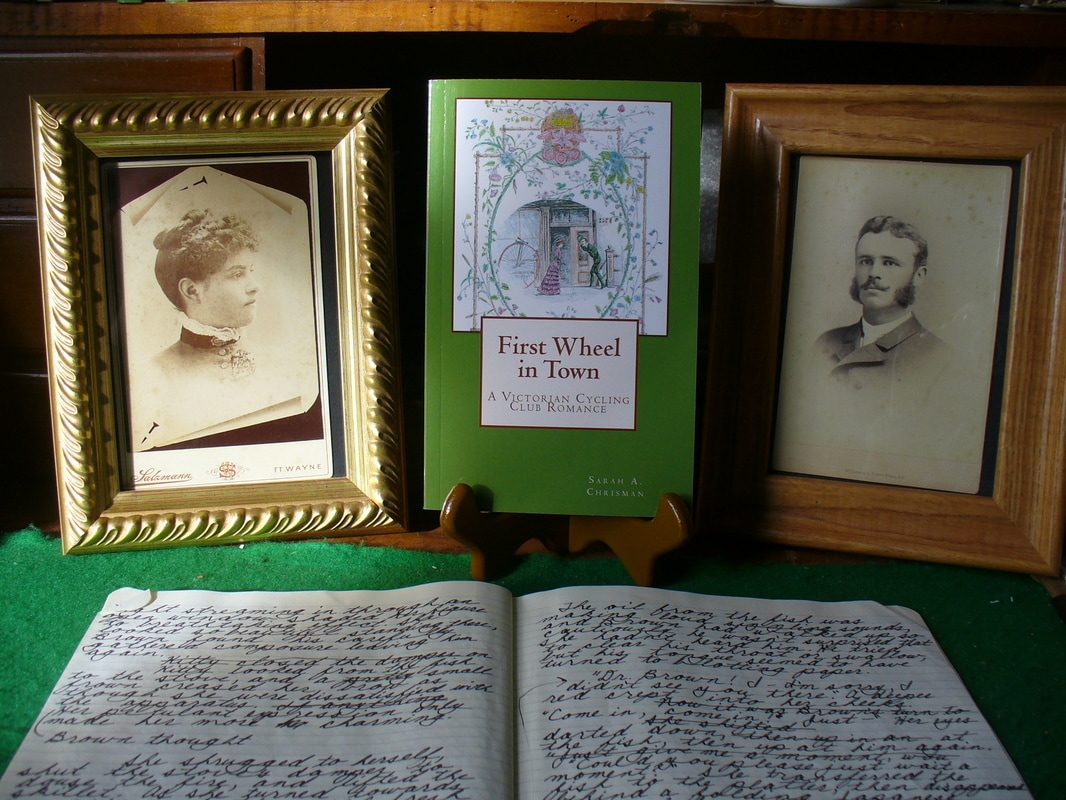
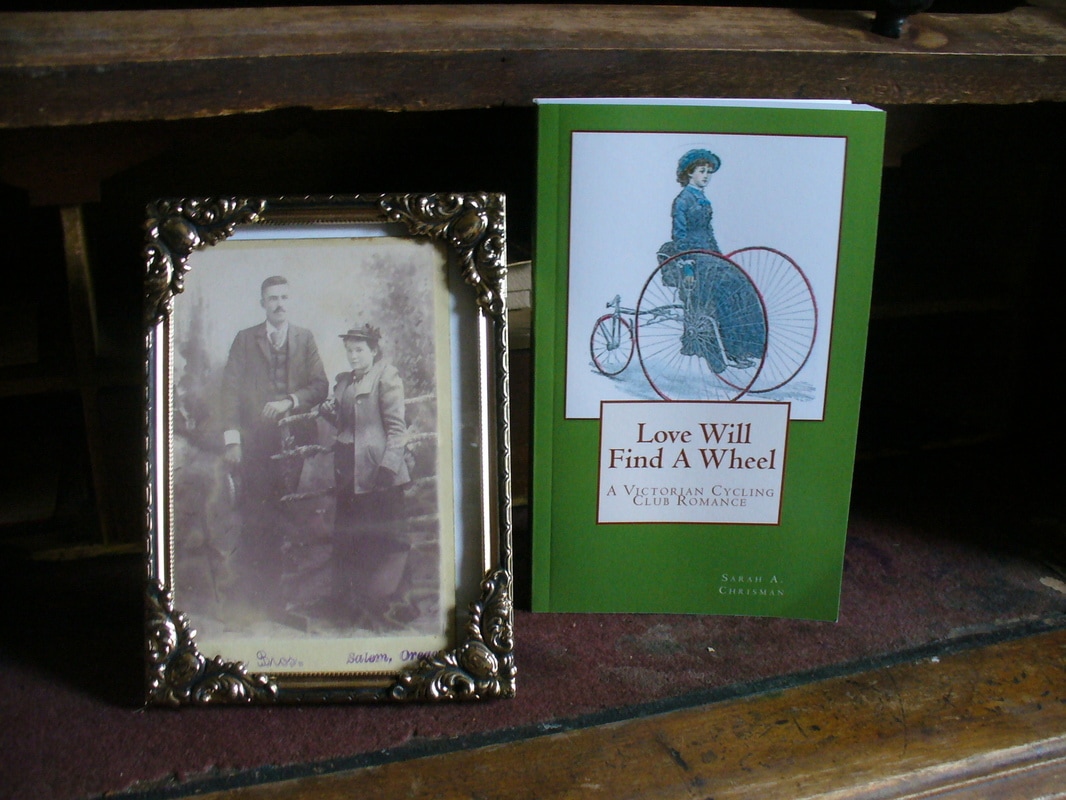
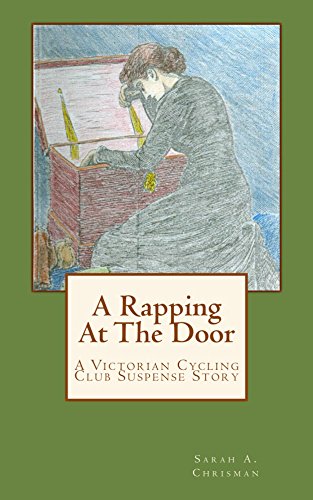
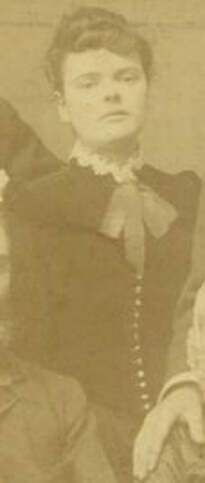
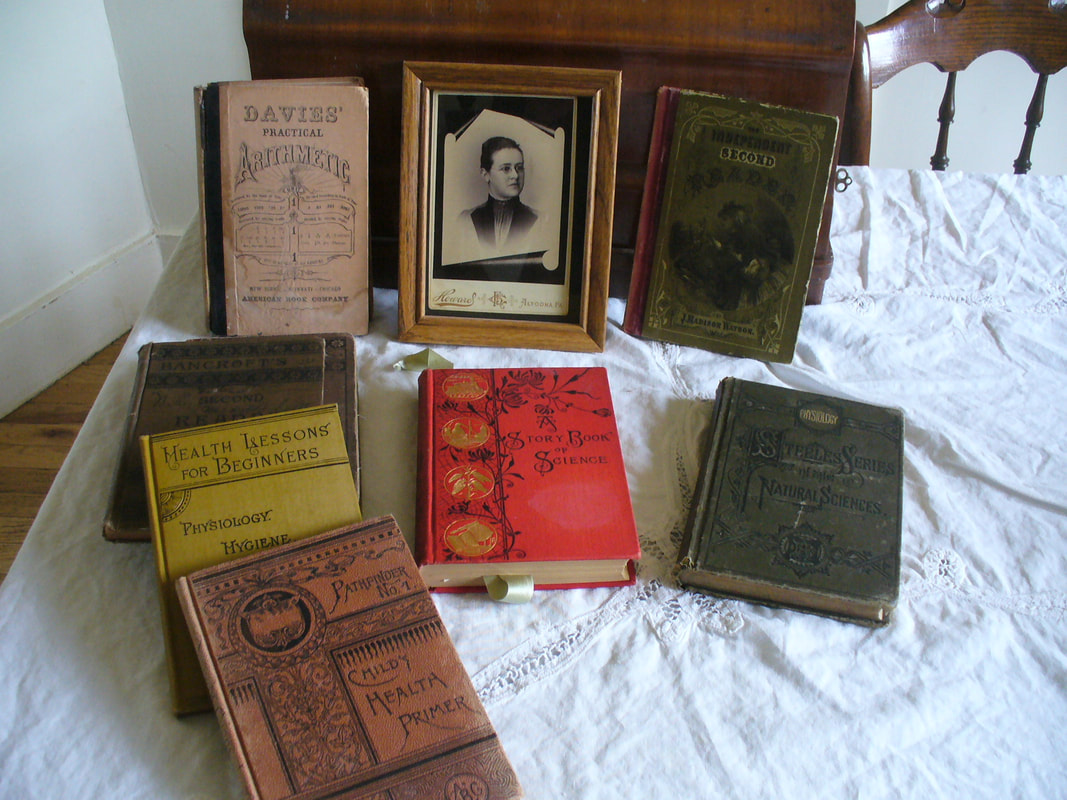

 RSS Feed
RSS Feed